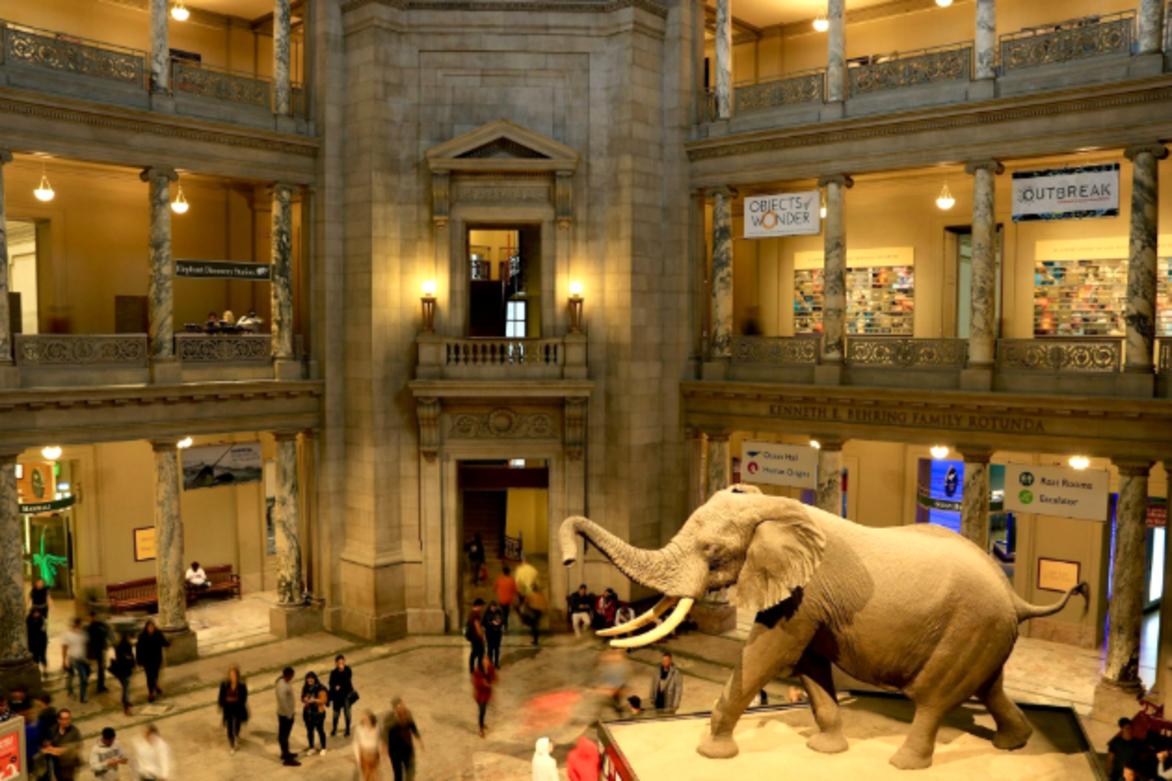Smithsonian must cut ‘anti-American’ content under Trump order
Robert Besser
03 Apr 2025

WASHINGTON, D.C.: This week, President Donald Trump ordered the removal of what he called "improper, divisive, or anti-American ideology" from the Smithsonian Institution, which oversees major U.S. museums and cultural sites.
In an executive order, Trump directed Vice President JD Vance to carry out the changes. The order also instructs the Interior Department to restore federal parks, monuments, and memorials that were altered or removed in recent years, claiming they misrepresent U.S. history.
Titled "Restoring Truth and Sanity to American History," the order does not clearly define what Trump considers anti-American ideology. However, it suggests he wants to remove parts of history that conservatives believe unfairly emphasize systemic racism.
The order criticizes explicitly the National Museum of African American History and Culture for teaching that "hard work," "individualism," and "the nuclear family" are linked to White culture. It also claims that the American Women's History Museum supports male athletes competing in women's sports.
Neither the White House nor the Smithsonian has provided further details. The Smithsonian, which includes 21 museums, 14 research centers, and the National Zoo, has not responded to requests for comment.
Trump's order aligns with his broader efforts to eliminate diversity and inclusion programs in government, universities, and businesses. He has also opposed renaming or removing Confederate monuments. Earlier this year, he restored the names of Fort Benning and Fort Bragg, arguing they honored soldiers, despite a federal law banning recognition of Confederate generals.
Trump has also taken steps to influence U.S. arts and culture, appointing himself chairman of the John F. Kennedy Center for the Performing Arts in Washington earlier this year.
In 2017, Trump defended white nationalists in Charlottesville, Virginia, who protested the city's decision to remove a statue of the Confederate commander Robert E. Lee. At the time, he said there were "very fine people of both sides" of the fight, sparking widespread outrage.
